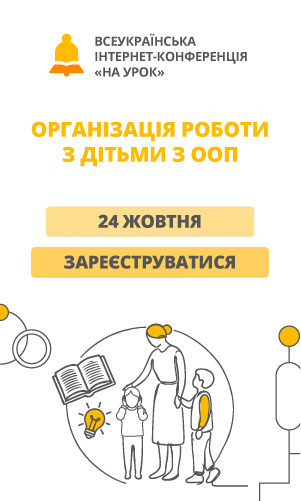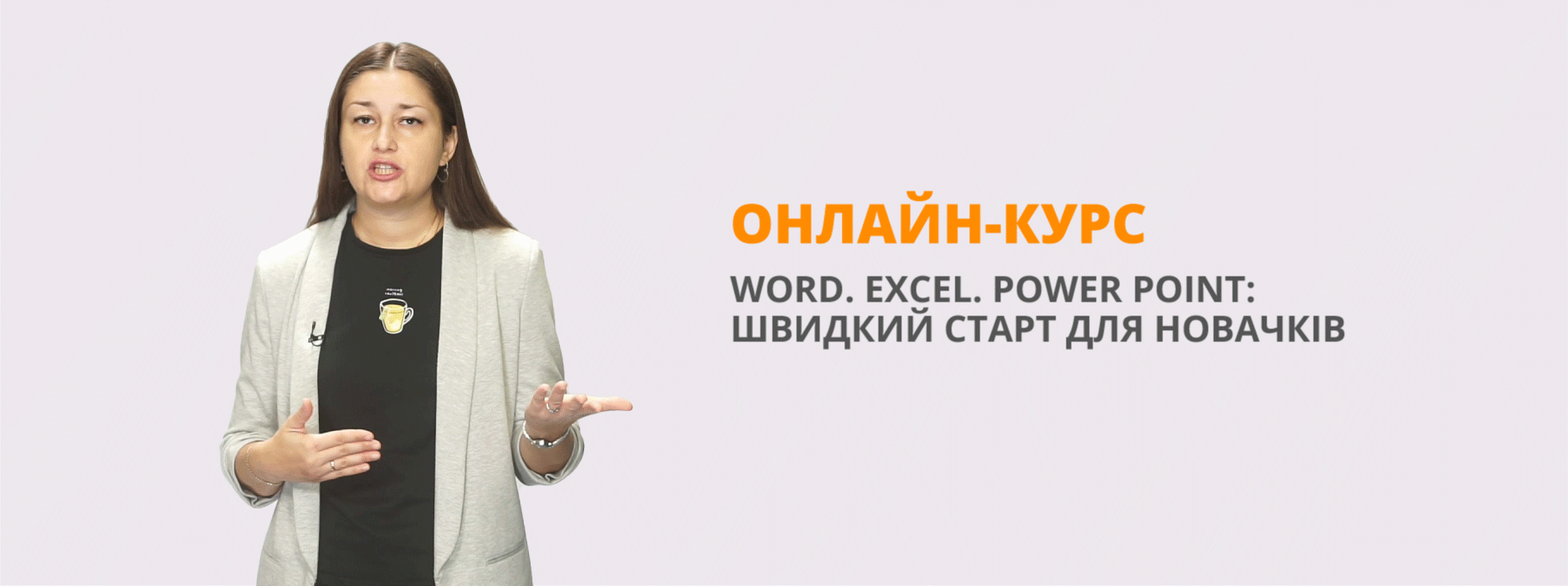Урок "Christmas around the world"
Конспект уроку "Christmas around the world" можна використовувати для 6-8 класів з метою розвитку соціокультурної компетентності. При підготовці до даного уроку діти мають можливість розвивати свої творчі здібності, створюючи презентації (проекти).
The Subject. Christmas around the world.
The Objectives. To extend students’ knowledge of the vocabulary on the
topic “Christmas”;
to develop students’ listening, reading, writing and speaking skills;
to develop cognitive interest;
to promote students’ creativity;
to promote social and cultural development of students;
to teach students to enjoy the communication in English.
Visual Aids. Pictures, students’ and teacher’s presentations, Christmas cards, worksheets, video materials, ‘holidays’ for group work.
Procedure
I. INTRODUCTION 1. Greeting T: Good afternoon, dear boys and girls! Nice to see you. Ps: Good afternoon! Nice to see you too. T: Take your seats, please. Well, P1, you look great today. How are you?
P1: I am perfect, thanks.
T: What about you P2? P2: I am good, thank you.
T: And you, P3? P3: Exciting, thanks. T: How is life? P4: Life goes its natural way.
T: How do you feel? P5: I feel best of all. T: What mood are you in today? P6: I am in a good mood.
T: Why?
P6: Because winter holidays are coming near.
2. Communicational warm-up ‘Weather’ T: I’m glad to hear that everybody is in a good mood today and what about the weather outside.
- Is it cold or warm today? - Is it snowy or rainy? - Is it windy? - What is the temperature? - Do you like today’s weather? - By the way, what date is it today?
3. Group work
T: Now you’ll get the cards with the names of the most popular holidays in different countries and your task is to match the holidays with the seasons when they are celebrated. (Students are divided into groups of 4)
(Students’ answers keys:
Spring: Easter, April Fool’s Day, Mother’s Day.
Summer: Constitution Day in Ukraine, Green Holidays, Independence Day in Ukraine, Father's Day, Summer Solstice, Midsummer's Day.
Autumn: Halloween, Thanksgiving, Guy Fawkes Night.
Winter: Christmas, New Year, St. Valentine’s Day.)
T: Answer my question. Which great and very popular holiday do people in the United Kingdom, America and many other countries celebrate on the 25th of December?
Ps: It’s Christmas.
T.: When do Ukrainians celebrate this holiday? (on the 7th of January)
T.: Why isn’t the date same?
Ps: Because we use different calendars.
T.: What does the word Christmas mean?
Ps: It means the birth of Jesus Christ.
T.: The birth of the baby Jesus stands as the most significant event in all history. How do you celebrate Christmas?
P1: Christmas is favourite holiday in my family.
P2: My parents and I go to my Granny and Grandpa in the village for Holy Evening on the 6th of January. There are 12 traditional dishes on the table. My favourite is kutia.
P3: My sister and I like to decorate Christmas tree and help our mum to make some special cookies.
II. THE MAIN PART OF THE LESSON 1. Theme presentation
T: Who can you guess the theme of our lesson? (Christmas). I’d like to create the atmosphere of a holiday at our lesson. I hope you will help me. T: And now I’d like you to have a look on the screen. Here you can see the words of Burton Hills, an English writer. Read them. (“The best of all gifts around Christmas tree: the presence of a happy family all wrapped up in each other”.) T: Can you explain the meaning of these words? (Students’ answers)
T: Have you any other thoughts? (Students’ answers)
T: I quite agree with you. So, today we are going to speak about Christmas around the world, you’ll get to know a lot of interesting facts about celebrations of this holiday in France, Germany and New Zealand.
2. Writing “Christmas”
T.: First of all, I want you to revise some active vocabulary on the topic “Christmas”. Your task is to write down the words which you associate with the word “Christmas” and make up sentences with them.
P1: I associate it with the word “snow”. I like snowy Christmas. P2: I associate it with the word “shopping”. I like doing the shopping before the holidays.
P3: I associate it with the word “Christmas tree”. A lot of people decorate their houses with Christmas trees at Christmas time.
P4: I associate it with the word “cookies”. My granny makes very delicious cookies for these special holidays.
Other associations: frost, Christmas cards, Christmas toys, carols, Santa Claus, gifts, ….
T: There are many things that can spark the Christmas spirit, the arrival of cold weather, the smell of cookies baking in the oven, holiday decorations are all examples. Holiday decorations create a warm, welcoming environment.
3. Reading and listening
T.: Every country has a unique way of celebrating Christmas, but certain customs are same throughout the world: people exchange gifts and sweets, decorate their houses and illuminate them with lights, decorations.
T: Is it interesting for you to see how people in different countries celebrate Christmas?
T: And now, you’ll receive the cards with the sentences inside. They are related to the Christmas celebrations in New Zealand. But these sentences are true and false. Your task is to guess is it really or no.
1. In New Zealand at Christmas it often snows.
2. Most families put a big Christmas tree in their garden.
3. People put a star on top of their Christmas tree.
4. New Zealand families have a BBQ or eat seafood on Christmas day.
5. Christmas crackers are usually placed around the Christmas tree.
6. Christmas is always a holiday in New Zealand.
(Students read the sentences out and express their opinion.)
T: Lovely. You’ve been very quick and done a very good job.
I asked some of our students to prepare presentations about Christmas in New Zealand, France and Germany and now they tell us how people celebrate this holiday there.
1) New Zealand (presentation 1)
P1: What does the word ‘lounge’ mean?
Speaker: It is a synonym to the word ‘living-room’.
2) France (presentation 2)
P2: What is the weather like in Paris during Christmas period?
(Christmas in Paris is not snowy like that of Britain or America. There can be rainy.)
P3: Do the French decorate their houses?
(Yes, they do. But the decorations are minimal in their houses.)
3) Germany (presentation 3)
- What are the potato dumplings? (They are like Ukrainian halushky).
(A short discussion after each presentation)
T: Christmas in which country impressed you most and why? (Students’ answers)
4. Relaxation period (singing the song)
T: Now let’s relax and sing the song ‘Christmas time’ by a very popular American boys’ band Backstreet Boys.
5. Game “Choose the best question”
(Cards are placed face-down on table and students select and answer questions)
T: The following task for you is to choose and answer the question.
1. During the holidays there are usually special films on TV. Can you name some of them?
2. What are your favourite Christmas carols in English?
3. Will you tell your children that Santa exists? Why? /Why not?
4. Do your parents usually buy a fresh Christmas tree or use a plastic one? Tell us how you decorate it.
5. What sort of baking is done around this time in your country?
6. What sort of presents do you most hope you’ll get from your family this Christmas?
7. Is there anything you really dislike about Christmas?
8. What do you usually do between New Year and Christmas?
III. THE END OF THE LESSON
1. Hometask T: So, the lesson is over. Your hometask will be to write a story about the best Christmas in your life.
2. Summing up.
We can’t imagine winter without such holidays as Christmas and New Year. They symbolize something special, the birth of Jesus Christ and the beginning of something new in the life of everyone. No matter, if it is a child or an adult.
I wish you every happy Holiday Season and a New Year filled with peace, love and prosperity. Let the spirit of love gently fill our hearts and homes.
Everybody was very active today. Thank you for your work and enthusiasm. Have a nice day!


про публікацію авторської розробки
Додати розробку
